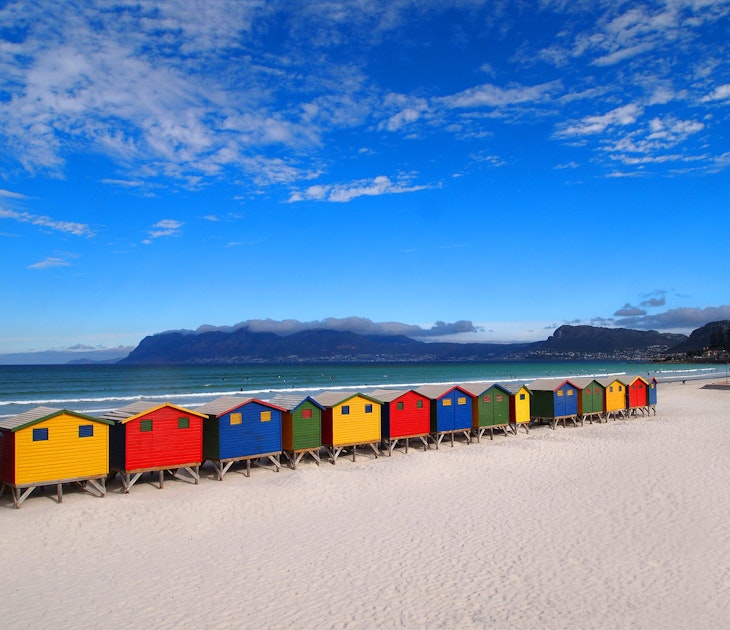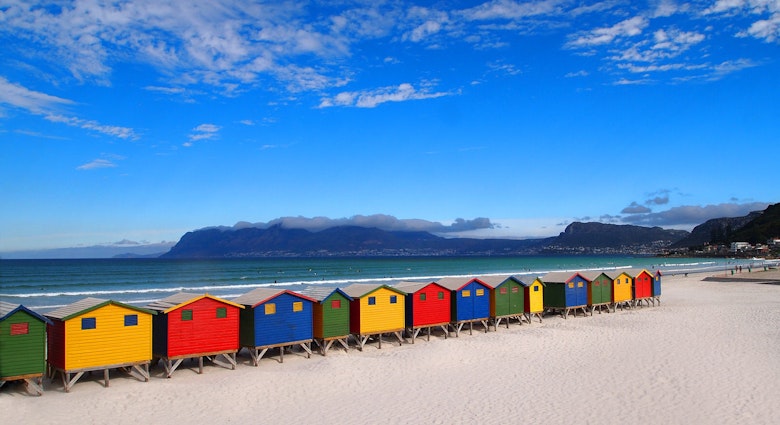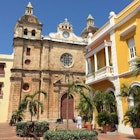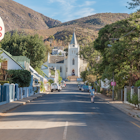The days of adventurous voyages to the Atlantic isle of St Helena aboard its Royal Mail ship are numbered. The island's first airport opens in 2016 and it will officially signal the end of an era of maritime travel to the lonely place of Napoleon's exile. So if there was ever a time to sail in the wakes of Darwin and Captain Cook, this is it.
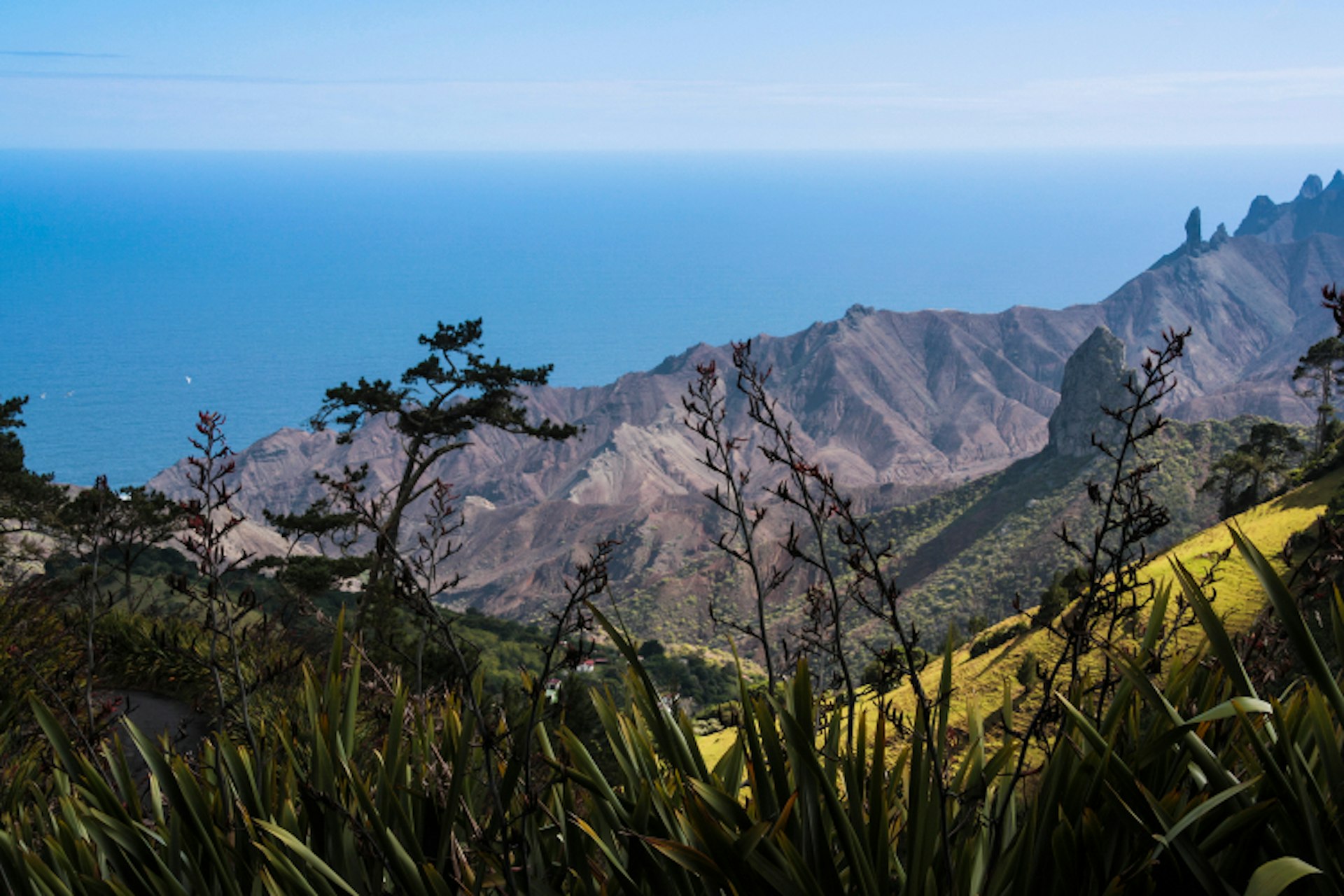
Charles Darwin was bemused. He had seen strange places in his travels, but nothing quite like the solitary speck of land that lay before him in the grey wilderness of the South Atlantic.
“A little world, within itself, which excites our curiosity,” he wrote. “The habitable part is surrounded by a broad band of desolate rocks, as if the whole wide barrier of the ocean was not sufficient to guard the precious spot.”
Darwin thus put his finger on the special quality and enduring charm of St Helena – its remote beauty. The summit of an extinct volcano more than a thousand miles from Africa and almost two thousand miles from South America, it is about as far from the madding crowd as it is possible to get without leaving the planet. And there is no better way to truly absorb this island's stunning isolation than by arriving by sea. Until mid-2016, you still have that chance.
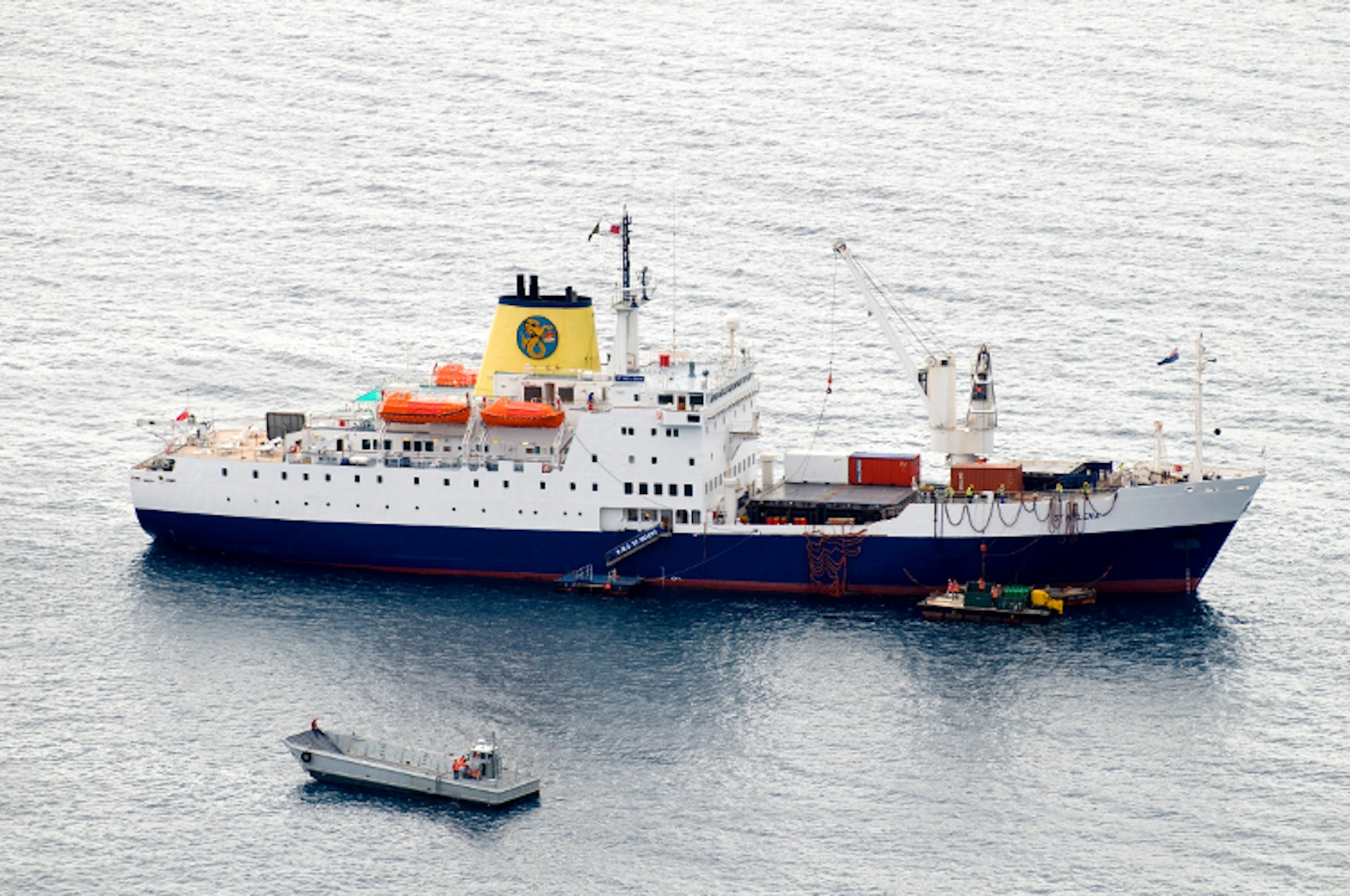
The Royal Mail Ship St Helena, or RMS as she is known to islanders, will be making the five-day journey to St Helena from Cape Town every three weeks until May. After a couple of days' respite she continues on to Ascension Island and back, allowing passengers to spend a week on St Helena before embarking on the return trip. The mixed cargo-passenger vessel therefore represents the last chance to see the lonely place of exile of Napoleon before tourists fly in. Built in 1989 as a lifeline for the island, she was designed to carry 156 passengers in comfort and style, along with an assortment of car parts, washing machines, chickens, turkeys, goats and the occasional fire engine. The RMS is almost unique, the only other ship bearing the Royal Mail title is Queen Mary 2, but the two vessels could not be more different. Voyages on the RMS St Helena are imbued with a sense of adventure that no cruise liner can match. Standing on her decks as she ploughs her lonely way through empty seas, it is easy to imagine slipping back in time to the era of those who went before – Captain Cook, Darwin and Napoleon. It is as if the little ship is a bit of the British Empire on which the sun has not yet set.
There are, of course, diversions on board. Entertainment on the RMS is of the amateur variety, and all the more fun for it. Cricket matches on the sun deck are lively affairs, requiring a plentiful supply of balls, and for the more sedate there is good old-fashioned deck quoits. Deckhands in drag are a common sight when the crew stages pantomimes, and cumulative pub quizzes are hotly contested.
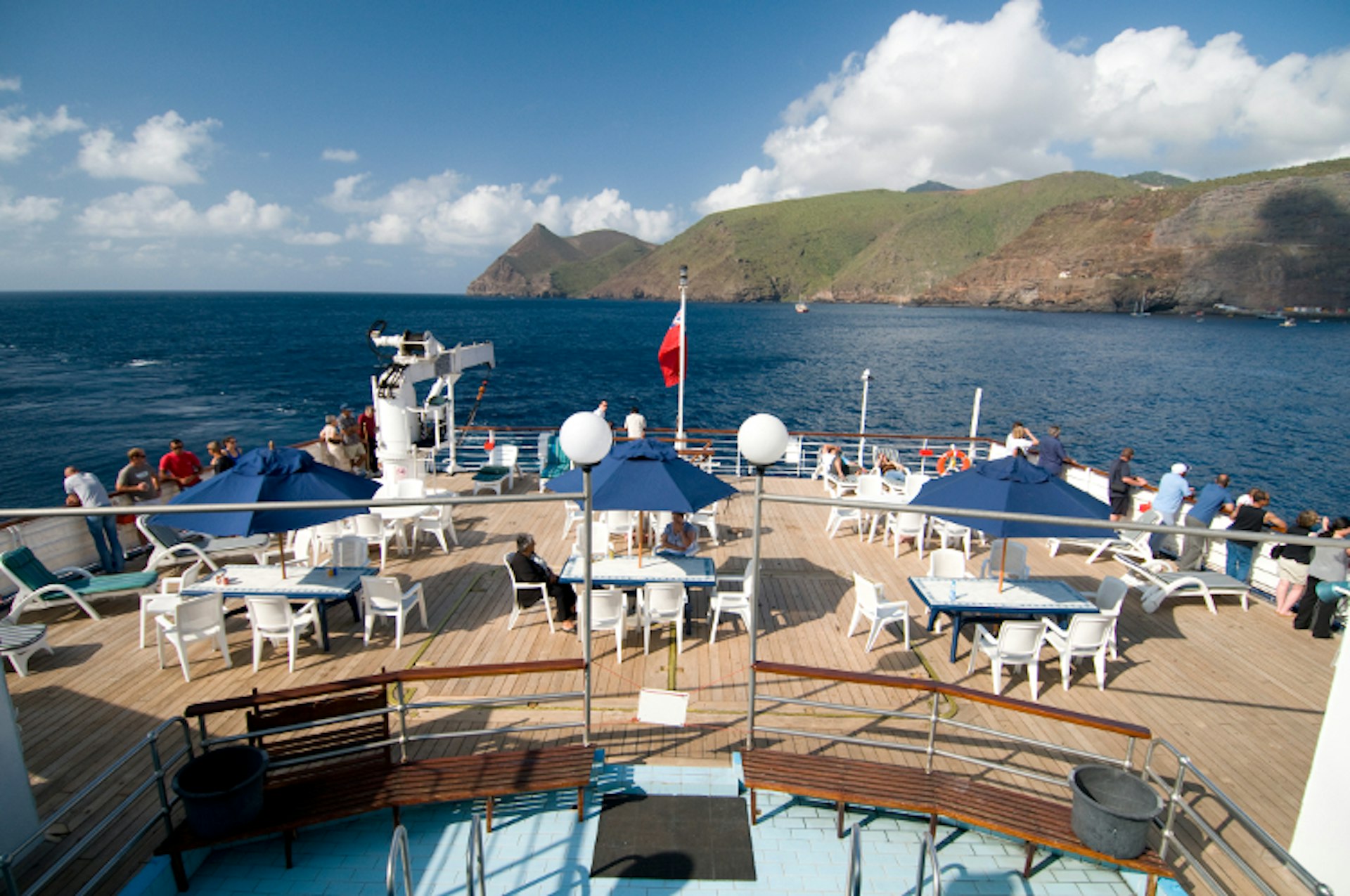
The ship has an open bridge policy, allowing passengers to experience the essence of being at sea. Calm, starry nights are good times to stand by the duty officer – watch the bow slicing through the dark water, and muse on sailing in the wake of ancient mariners. Throw in a well-stocked library, guest speakers, a heated pool, and the company of senior ship’s officers over dinner, and the five-day voyage from Cape Town passes all too quickly. The old nautical expression of ‘raising’ land describes the first sight of our destination, rising slowly from the horizon.
The bleak coasts observed by Darwin still glower at travellers like a geological fortress, guarding the secret of fertile highlands and valleys hidden beyond bastions of barren rock. The first signs of life are small fishing boats bouncing around in the Atlantic swell. A slash of white houses appears high on a headland, and then a village with an unmistakably English church straggles down to the shore in a narrow chasm bounded by rearing walls of brown rock.
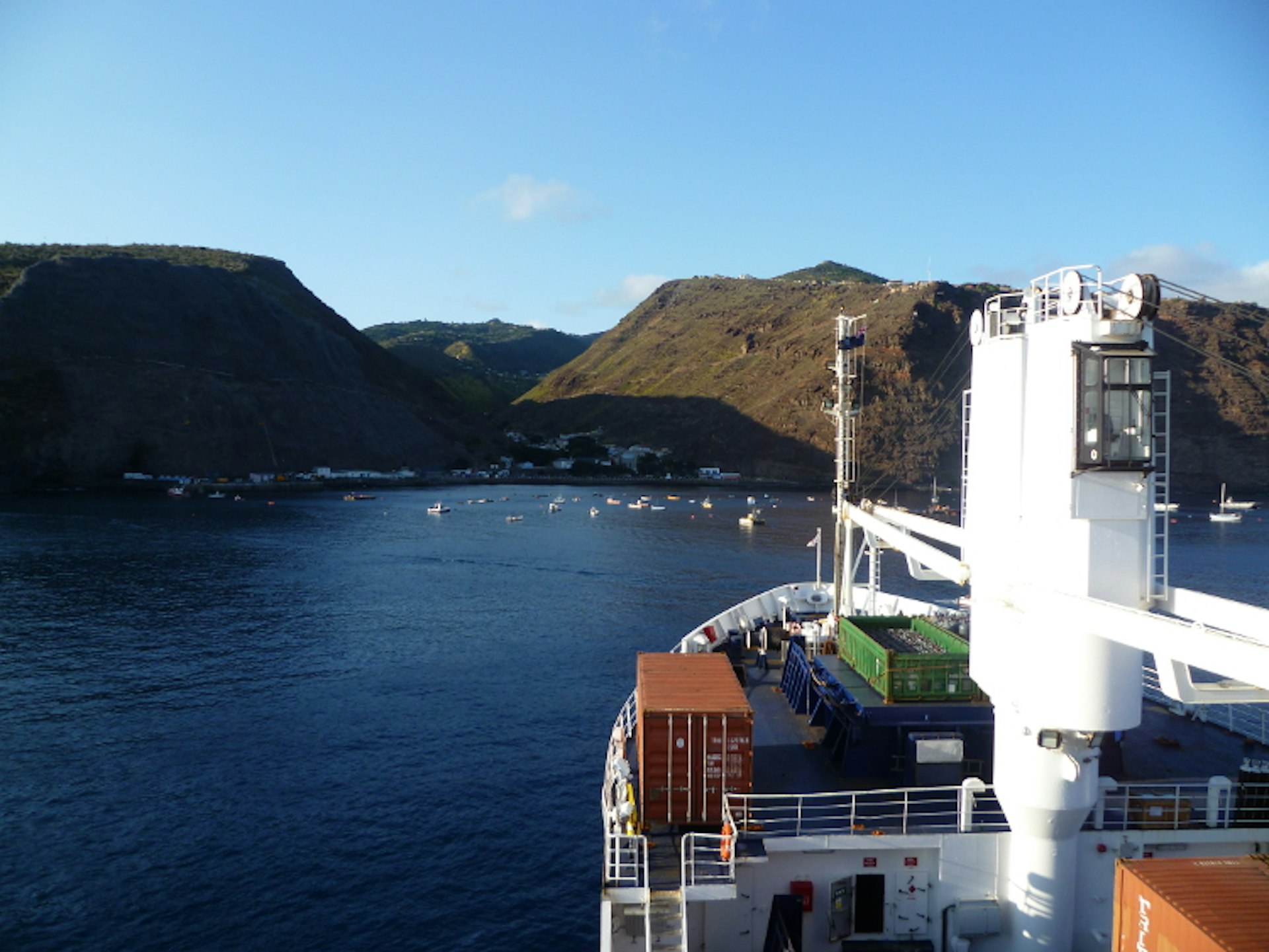
Within minutes of the ship’s arrival, the quay is filled with cheerful groups as friends and relatives are reunited and visitors are welcomed. The Saints, as the islanders call themselves, are amiable folk who live in a world of old fashioned courtesy and easy familiarity. Centuries of maritime adventures have produced a melting pot of colonial soldiers and sailors, survivors of the Great Fire of London, African slaves, Chinese labourers, Boer prisoners of war, and whoever else happened to pass by. Each islander is a walking United Nations, and each child is a lucky dip in the lottery of genes. Racism seems to be nonexistent here, and St Helena is the `Rainbow Nation' that its distant neighbour South Africa aspires to be.
Time is running out to ‘raise’ this special island in the old way, with limited sailings left on the ship that has served its little community faithfully for decades. The RMS' final voyage to St Helena is scheduled to depart from the UK on 14 June 2016, with the last leg to Cape Town setting sail on 10 July.

